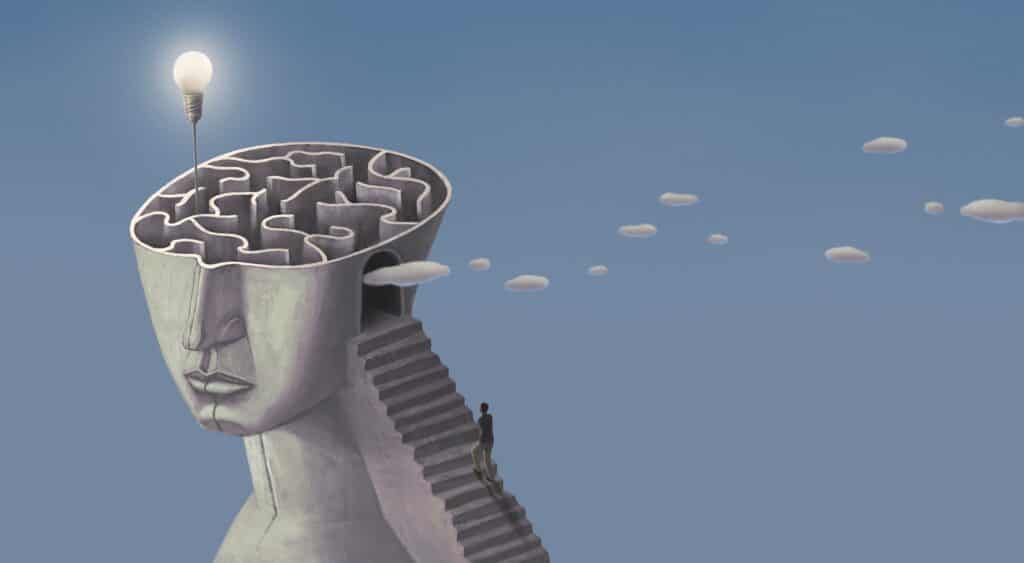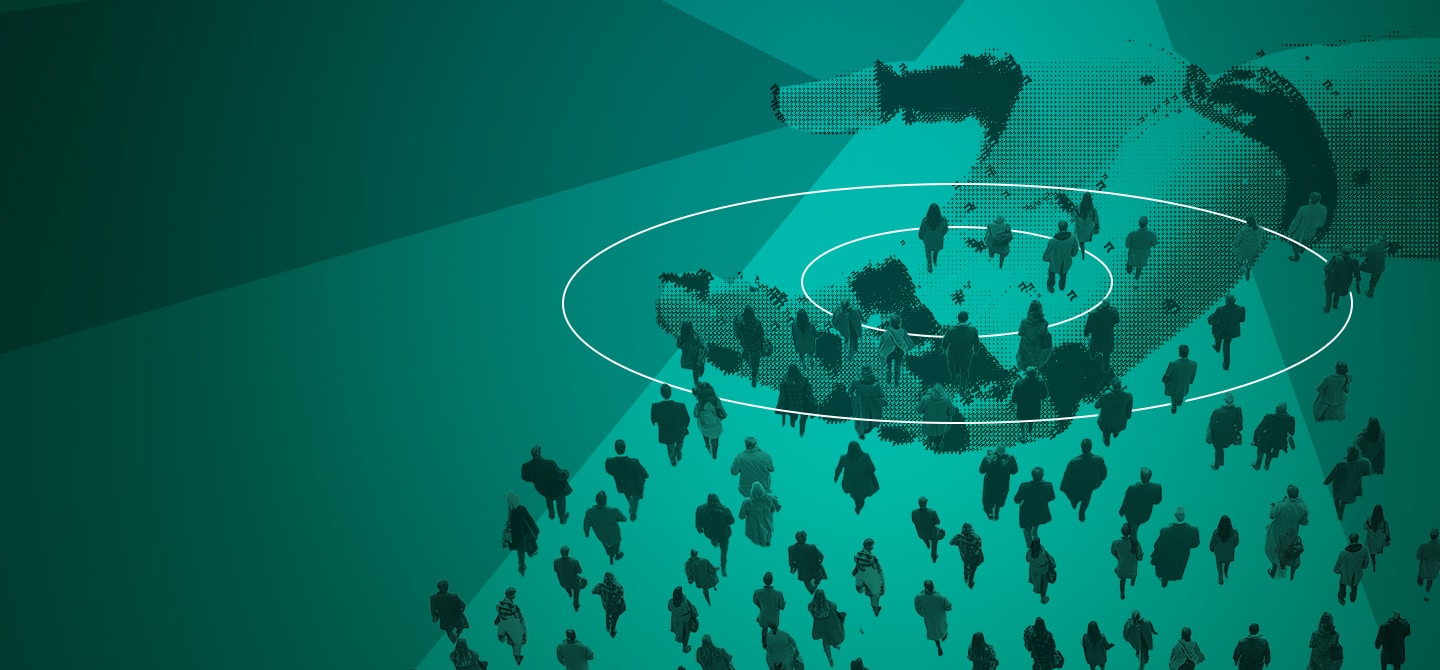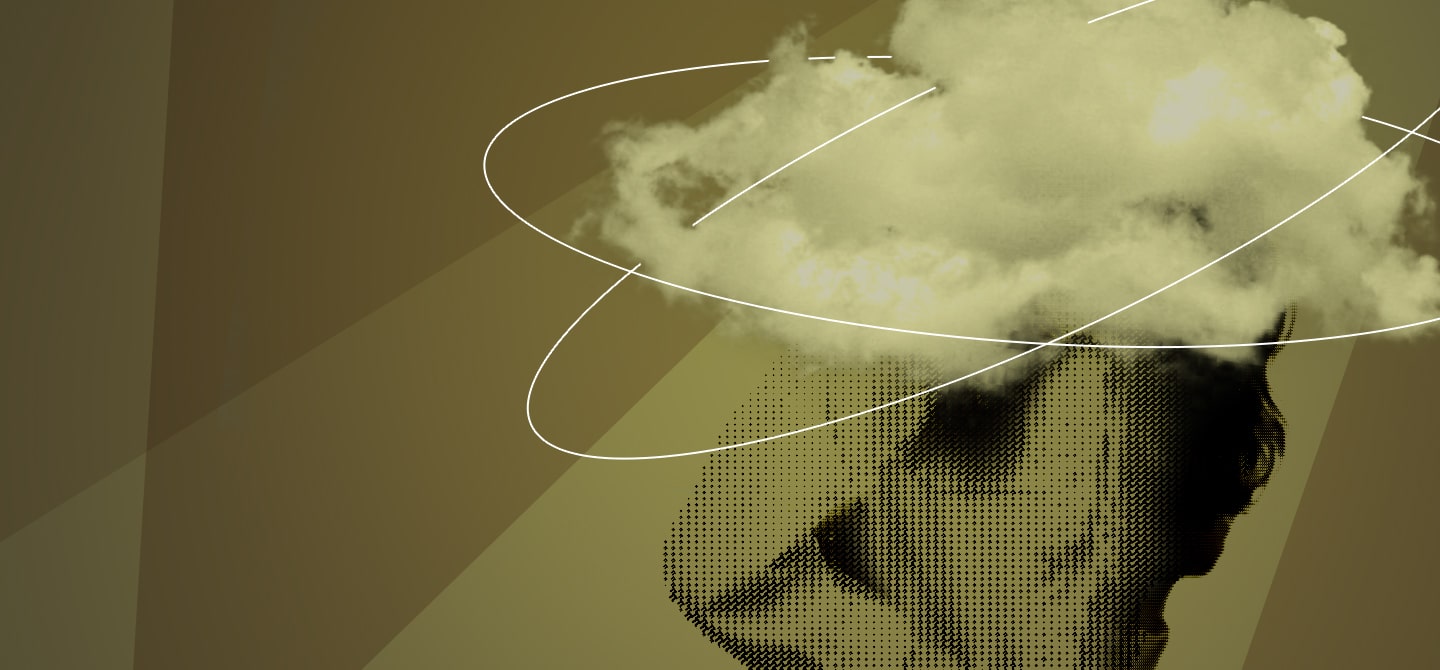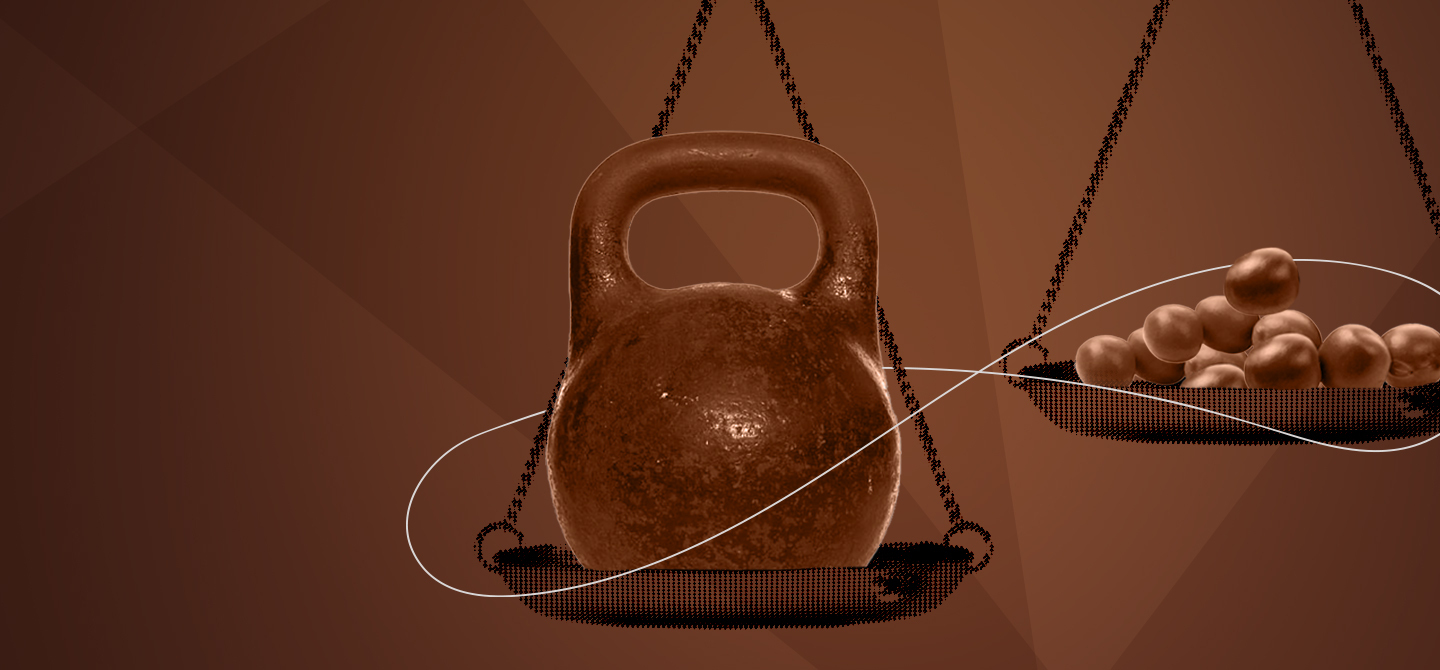Why pausing intuitive thinking favours complex reasoning
- According to the work of Daniel Kahneman, mental states can fluctuate between two opposing modes of thinking: System 1 and System 2.
- System 1 is fast, intuitive, and automatic, while System 2 is characterised by its slowness, in-depth analysis, and thoughtful nature.
- Frontal inhibition is a faculty that suppresses reflexes and automatic responses (System 1) in favour of more thoughtful and considered thinking (System 2).
- In this sense, “doubt” is not a sign of weakness or hesitation, but rather an ability to question and suspend judgment.
- Frontal inhibition gives individuals at least three cardinal virtues: intellectual humility, restraint in judgment, and revision of beliefs.
One of the most recent and significant efforts to unravel the mysteries of how our psyche works is the rapid progress made in the field of cognitive psychology. These advances have revolutionised our understanding of the human mind, marking a new era in the study of mental mechanisms. One of the most notable contributions comes from Daniel Kahneman, co-founder of behavioural economics and winner of the 2002 Nobel Prize in Economics. His major contribution lies in the distinction he made between our different mental states, a bold and now indispensable hypothesis. He proposed that our mental states can oscillate over time between two diametrically opposed modes of thinking: the first, called System 1, is fast, intuitive and automatic, while the second, System 2, is characterised by its slowness, in-depth analysis and thoughtful nature.
To illustrate these two mental systems, let’s take a simple example: when asked “What is 2 + 2?”, System 1 provides the answer using a mental routine. But if we ask “What is 17 x 24?”, System 2 is required to mobilise mental resources to break down the problem into simpler components. However, the transition from System 1 to System 2 is not automatic: it requires the detection of conflict or potential error, followed by a more or less powerful blocking of intuitive responses.
Cognitive psychology highlights a subtle transition between the two major systems of thought, a shift based on a fundamental mechanism, often at work in the shadows of our consciousness, which we will call frontal inhibition. As we will further explore, this direct emanation of prefrontal cortex activity plays a key role in suppressing reflexive impulses and neutralising automatic responses. It thus paves the way for the emergence of more thoughtful, deliberate thinking – the very thinking we associate with reason.
Sceptical frontal lobes
To put it more subtly, intelligence cannot be reduced to the brain’s ability to analyse and process data 1; it lies much deeper, in the subtle alchemy through which the frontal lobes – and especially the prefrontal cortex – exercise their role as guardians of discernment, filtering the influx of information through the salutary prism of doubt. Far from being a sign of weakness, this doubt becomes the emblem of cognitive elegance: a serene vigilance, an intimate resistance to the deceptive seductions of evidence and common sense. To evoke frontal inhibition is to name this decisive function by which the mind suspends automatism, restrains the momentum of first impressions, and rejects hasty responses or inappropriate behaviour when circumstances require it. In short, frontal inhibition is, in the silence of mental functioning, the discreet focus of our lucidity.
Olivier Houdé’s research2 has shed new light on the progressive development of cognitive inhibition in children, based in particular on classic tests designed to assess the concept of conservation – whether in terms of quantity, length or weight. Take, for example, the weight conservation test, in which a child is presented with two identical balls of modelling clay. Then, in front of the child, one is flattened into a thin pancake while the other retains its compact shape. When asked, “Do they still weigh the same?”, children who have not yet acquired the concept of conservation will often answer that the pancake weighs less, misled by the flat, thin appearance of the dough. Conversely, children who have developed this ability will understand that the mass remains unchanged, despite the change in shape. Building on Jean Piaget’s work, Olivier Houdé shows how children gradually learn that appearances can sometimes be deceiving and that certain fundamental properties remain stable despite changing forms. Implicitly, this evolution in thinking over time powerfully illustrates the essential role of frontal inhibition—the ability to suspend overly hasty intuition—which, in our world saturated with images and quick judgements, proves to be one of the most reliable defences against misinformation.
This evolution in thinking over time powerfully illustrates the essential role of frontal inhibition which proves to be one of the most reliable defences against misinformation.
As such, one of the major – if not the most pressing – goals of education should be to nurture, refine and elevate this uniquely human faculty of cognitive inhibition: the silent power to suspend our initial impulse, to interrupt the immediate flow of automatic responses and make way for deliberation and self-control. Long neglected in favour of more spectacular skills, this inner disposition is nevertheless the foundation of inner freedom, which allows the mind to break free from the chains of impulsivity. Recent advances in brain imaging have identified its location in the liminal area of the prefrontal cortex – the part of the brain that develops particularly late, well after the maturation of the more primitive structures that orchestrate the rapid, intuitive and emotional activity of System 1. While the brain as a whole develops gradually during childhood and adolescence, the frontal lobes progress slowly, slowly shaping our ability to delay action, weigh consequences and control our passions.
The more gradual development of the frontal lobe brain largely explains the behavioural characteristics of adolescence: impulsiveness, instability and aversion to deliberation. Although the brain appears to have reached its architectural form by the age of 18 to 21, the prefrontal cortex continues to refine its networks for another ten years or so through the myelination of nerve fibres, synaptic pruning and the gradual densification of neural connectivity. It is therefore only around the age of 25, sometimes 30, that the frontal lobes reach true maturity, giving the individual full capacity for regulation, foresight and moral clarity. It is at this moment, often discreet and unnoticed, that human thought becomes truly forward-looking, and that self-awareness, freed from the turmoil of the immediate present, can aspire to the enlightened exercise of freedom.
This new knowledge sheds decisive light on the central role of this faculty, not only when it comes to academic success, but also in regulating emotions and, more broadly, in ensuring a harmonious social life. In the wake of Olivier Houdé’s work, we can therefore argue for a genuine “prefrontal cortex education”: early training, from the age of three or four, of this executive function, which is the cornerstone of reflective thinking. For in a world saturated with digital stimuli and pressing automatisms, stimulating the development of cognitive inhibition is no longer a simple educational choice – it is an urgent necessity, the prerequisite for the enlightened exercise of free will.
Philosophy, a secret gym for keeping your frontal lobes in shape
In the context of philosophical scepticism, particularly among ancient sceptics such as Pyrrho and Sextus Empiricus, mental inhibition plays a central role in decision-making, managing our attention span and controlling our automatic responses. For these pioneers of frontal lobe strengthening, cognitive inhibition allows for the voluntary suspension of judgement (epoché), caused by an inhibition of mental assent in the face of uncertain propositions. In other words, sceptics choose not to decide between contradictory theses by mentally inhibiting their natural inclination to believe or judge.
This inhibition is active; it is not the result of an inability to judge, but rather a choice, a conscious decision not to do so. For this reason, it requires the involvement of the frontal lobes. By freeing itself from dogmatism and the disturbances caused by unfounded opinions, frontal inhibition thus allows us to achieve ataraxia (peace of mind resulting from the absence of belief).
This philosophy of quiet doubt differs from modern scepticism (such as Montaigne3 or Descartes and his famous “methodical doubt”), which doubts not in order to suspend judgement, but rather to access the truth. Conversely, Pyrrhonism doubts in order to free itself from the need for truth. Through this debate on the role of scepticism, two major functions of the frontal lobes emerge: on the one hand, the ability to inhibit the mind’s overly hasty flashes of insight, and on the other, the ability to orchestrate our thoughts methodically in order to bring us as close as possible to the truth. By comparing Pyrrhonian scepticism with certain modern figures, or even with related traditions such as empiricism, phenomenology, existentialism and Buddhism4, a secret thread emerges, an underlying pattern that connects them all: the recognition of uncertainty not as a weakness, but rather as a path to inner freedom and access to serenity.
In short, frontal inhibition is at the heart of executive control in human beings, nurturing essential cognitive flexibility, supporting working memory and facilitating the thoughtful planning of our actions. Without this capacity for inhibition, System 2 would be continually overwhelmed, short-circuited by the immediate and automatic responses of System 1. Thus, we can say that the existence of frontal inhibition confers at least three cardinal virtues, which are the true pillars of critical thinking:
- Intellectual humility: knowing the limits of one’s knowledge – a form of discreet wisdom that allows us to say, “I know what I know and what I don’t know.”
- Restraint in judgement: the art of knowing how to suspend conclusions and not give in to the temptation to jump to conclusions;
- Revision of beliefs: the ability to question, suspend or even readjust what we believe to be certainties in the face of new information.
Ultimately, frontal inhibition is now emerging as an essential cognitive tool: it is both a weapon against judgement bias and a method of resisting the allure of illusion and falsehood, as well as an existential stance, at the crossroads of philosophy and spirituality, allowing us to move forward without being shackled by dogma. It remains, as Pyrrho already sensed, a path to lucidity – and, sometimes, to that inner peace that only the suspension of judgement can bring.
The subtle elegance of frontal inhibition
Experiments in cognitive psychology eloquently illustrate the crucial role of cognitive inhibition. One of the most famous paradigms in this field is the Stroop test. In this test, the subject is presented with words denoting colours, such as “red” or “green”, but printed in a different ink, for example, the word “red” written in blue. The challenge is to name the colour of the ink rather than read the word, a task that creates a direct confrontation between automatic reading, governed by System 1, and voluntary naming, orchestrated by System 2. Successfully completing this task requires acute inhibitory capacity, enabling the subject to resist the instinctive urge to read the letters rather than the colour.
Another illuminating example can be found in the field of cognitive biases, such as confirmation bias. Naturally, our System 1 tends to seek evidence that corroborates our pre-established beliefs. We must therefore develop constant vigilance and a strong inhibitory effort to think against ourselves, to challenge our initial intuitions and embrace a more thoughtful and slower critical approach, guided by System 2. In children, whose executive functions are still developing, or in older people, where frontal inhibition tends to weaken, the difficulty in inhibiting automatic responses is often more pronounced. This illustrates, incidentally, that frontal inhibition is not an innate skill but a cognitive faculty that is acquired over time but can also decline with age.

However, the role of frontal inhibition goes far beyond simply correcting errors. It is central to rational decision-making. The ability to suspend hasty judgements, question one’s certainties and analyse a situation from various angles relies on the intentional withdrawal of System 1 through inhibitory action. Recent studies have shown that individuals who excel in logical reasoning or cognitive reflection tests do not necessarily have above-average IQs, but are rather adept at containing their erroneous intuitions. Rationality therefore does not stem solely from raw intelligence, but from a refined mastery of the activity of the frontal lobes.
Finally, practices such as critical thinking and mindfulness can strengthen this inhibitory capacity by teaching us to observe our thoughts without immediately succumbing to them. These approaches show that inhibition is not just an innate quality, but a skill that can be cultivated and refined through experience and training to distance ourselves from our own rapid thoughts.
Where inhibition falters: between fragility and failure
The subtle mechanism of frontal inhibition is not immune to vulnerability. Activating it requires effort, because calling on System 2is like climbing the steep slopes of slow thinking – a demanding, energy-intensive endeavour that mobilises our most precious resources: sustained attention, working memory and inner vigilance. But let a breath of fatigue cloud mental clarity, let stress creep in, or let the tumult of thoughts overflow the dykes of our concentration, and this faculty is shaken. Inhibition falters, loses ground, and into this breach rushes System 1 once again, with its misleading shortcuts and sweet-talking automatisms, ready to take back control of our thoughts.
Certain conditions, such as attention deficit hyperactivity disorder (ADHD), schizophrenia, or certain frontal lobe syndromes, can drastically compromise this ability to inhibit. The result is increased impulsivity, marked difficulties in concentrating, and a propensity to give in to automatic responses. In addition, lifestyle factors such as alcohol, lack of sleep, and the use of certain drugs or medications also undermine this inhibitory process.
In the most dramatic cases, where the frontal lobes are destroyed, the consequences for behaviour, cognition and personality can be profound and sometimes disastrous. We are reminded of this inevitable fate by the tragic story of Phineas Gage, a railway foreman in the United States. In 1848, during a routine blasting operation, a fateful spark triggered an explosion, propelling a piece of iron – one metre long, three centimetres wide and weighing six kilograms – through his skull. The object pierced his left cheek and passed through the base of his skull, tearing away his left frontal lobe. Incredibly, Gage survived the cataclysm, even remaining conscious for several minutes after the accident. Although he recovered physically a few months after the accident, those around him noticed profound and irreversible changes in his personality. The man who had once been a model of responsibility, reliability and sociability had given way to an impulsive, angry individual with no restraint or manners, unable to hold down a steady job or even maintain a romantic relationship. Phineas Gage ended up travelling across the United States as a macabre curiosity, displaying his injuries and exhibiting, as part of the Barnum circus, the famous crowbar that had so brutally redefined his existence. This poignant story resonates through the ages, reminding us of the complexity and fragility inherent in the nature of Homo sapiens.
Thinking freely means knowing how to stop yourself
The mere existence of an inhibitory mechanism at the heart of the mental structure is one of the most subtle gems of our cognitive architecture – a silent but essential pivot on which the fragile balance of our thinking humanity rests. Like an internal conductor, this inhibitory system modulates the dialogue between Systems 1 and 2, tempering impulsive urges to give deliberate thought the space it needs to flourish. Far from being a simple brake, inhibition reveals itself as the subtle lever that lifts the mind to the heights of critical consciousness, lucidity, and enlightened reason. This faculty is the source of the moral responsibility of free human beings. As Albert Camus said, “A man is what he prevents himself from becoming,” reminding us that human dignity lies in the ability to restrain oneself, to not give in to one’s instincts or impulses, even when one has the power to do so!














